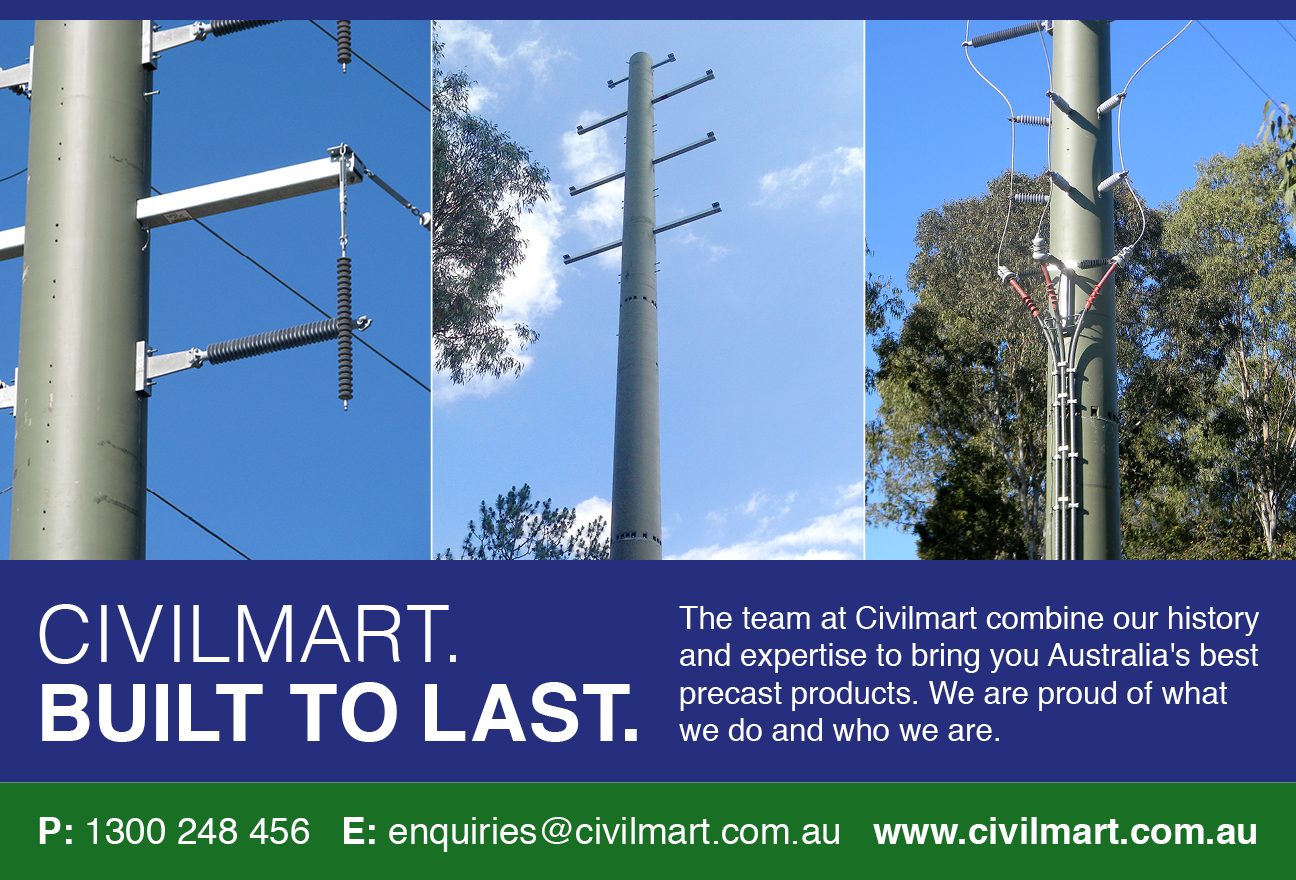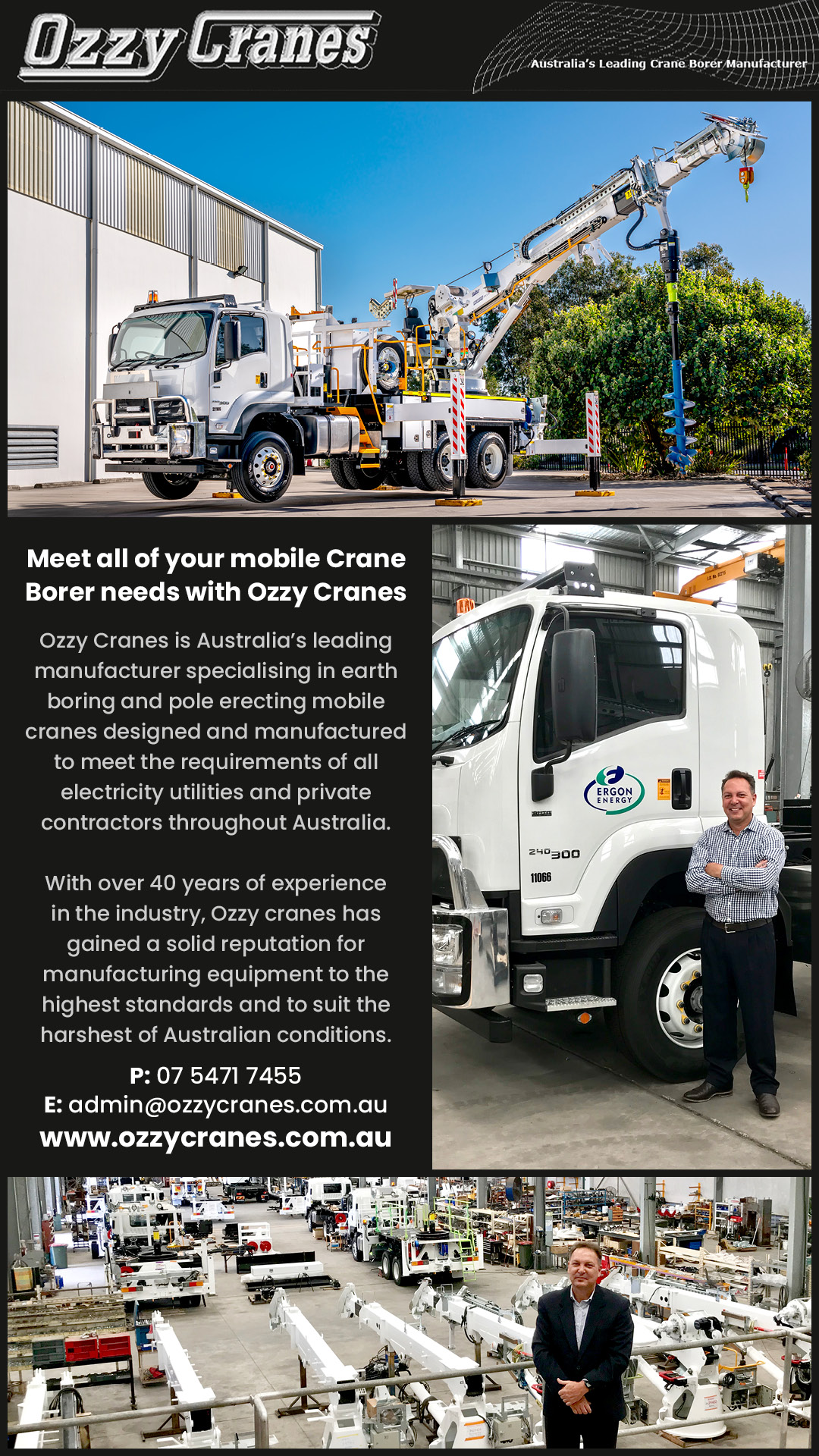Energy Queensland CEO Rod Duke sees nothing but opportunity as he surveys the electricity sector and the ongoing efforts to decarbonize the economy.
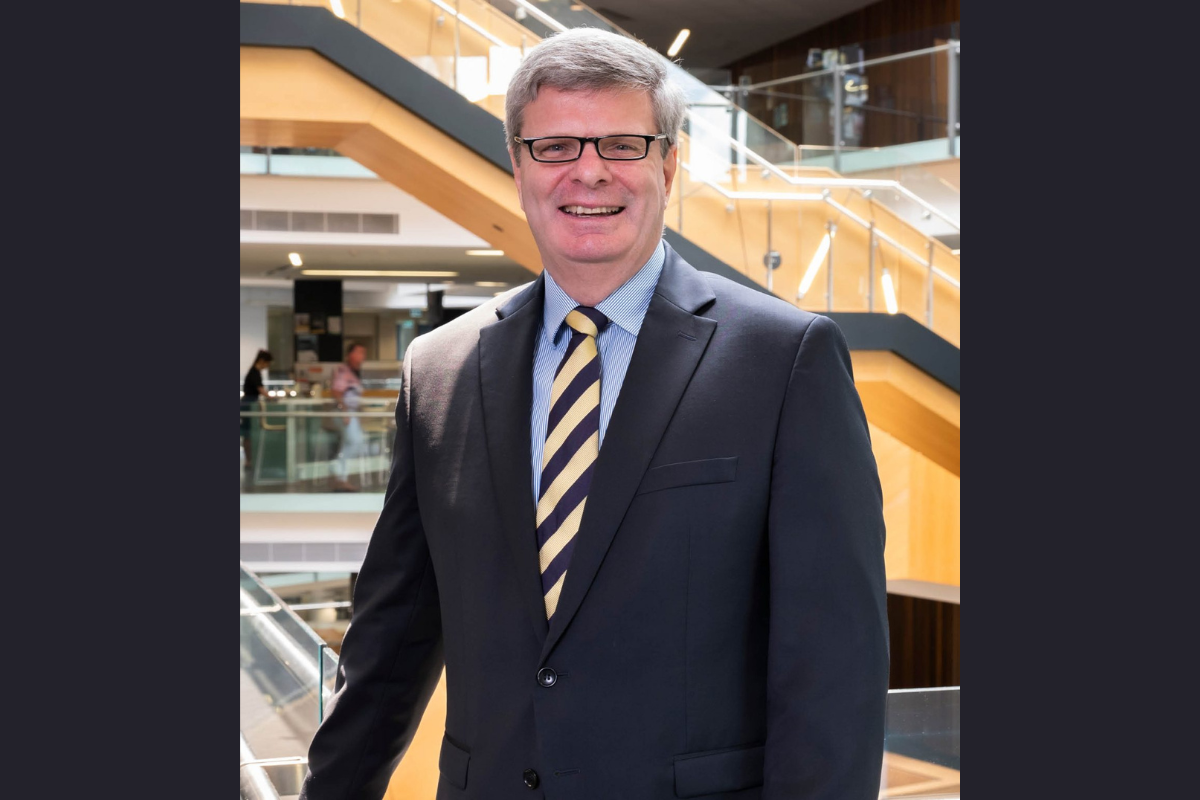
“Electricity networks are going to be an essential part of decarbonization and, therefore, growing the capability of electricity networks is going to be a really essential part of the journey to net zero by 2050,” Duke tells The CEO Magazine.
“The reason I wanted to be involved with Energy Queensland is to help lead that transition over the coming decades as Australia seriously electrifies.”
Energy Queensland provides electricity throughout the state of the same name, serving a broad footprint from the southeast corner to the Torres Strait in the north, and from the coast to far western Queensland.
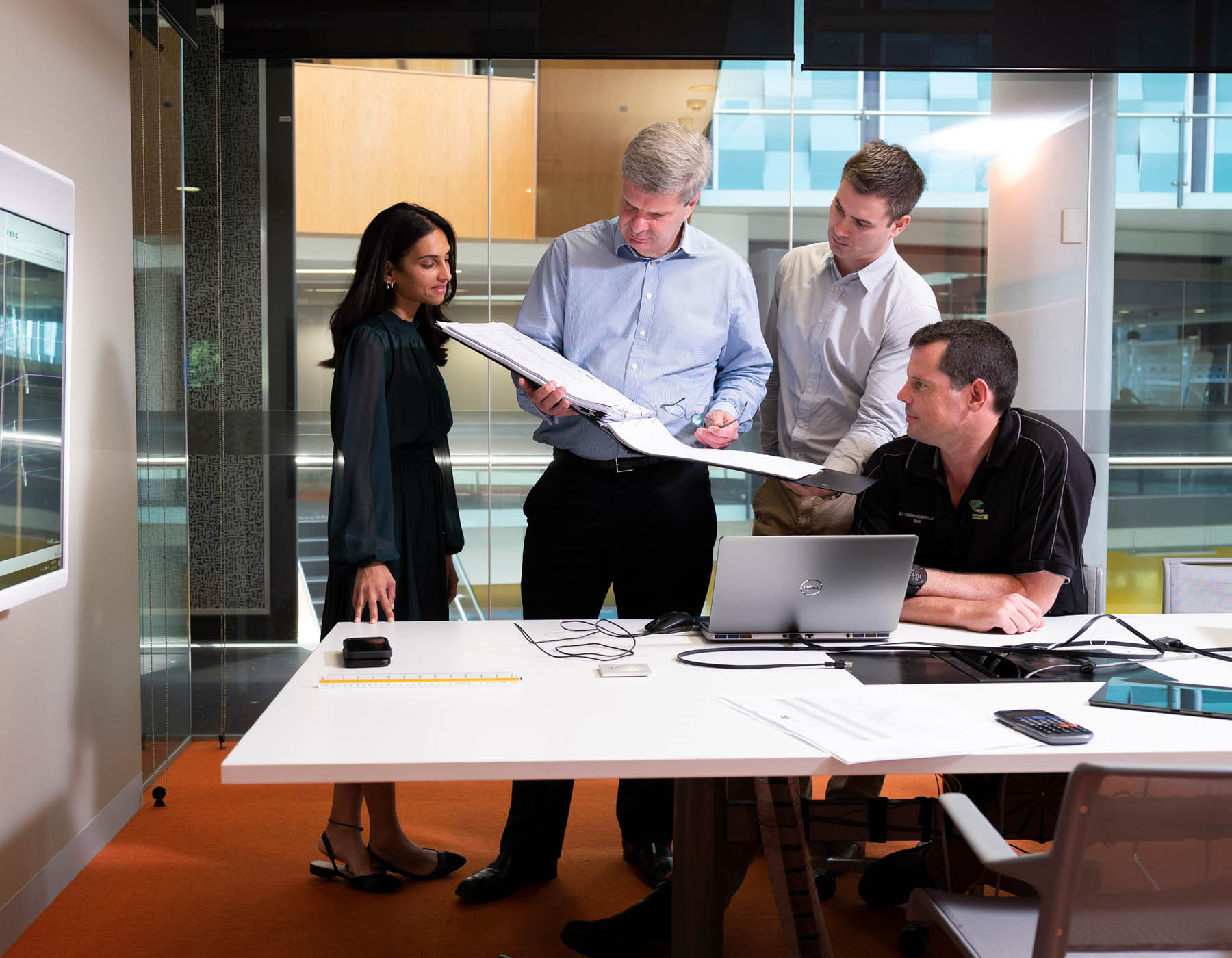
Born from the 2016 merger of Energex and Ergon, Energy Queensland distributes electricity to homes, businesses and industry via a network of 212,000 kilometers of transmission lines.
Its Yurika unit strives to connect Australians to a cleaner energy future through a network of charging stations for electric vehicles (EVs), along with telecommunications and metering services.
Energy Queensland also operates 33 remote power generation stations for remote settlements, including First Nations communities, and has 127 service depots and offices throughout the state.
Deep roots
Though owned by the Queensland government, it’s not some sleepy utility. It’s Australia’s largest electricity company with a value of US$20 billion – and it’s fast preparing for a net zero future.
“In order to meet the net zero objectives, there needs to be a very significant build-out of the capability of electricity systems,” he says, adding that those systems “are going to be required to service and to underpin the decarbonization of society”.
Duke has deep roots in the state, being born and raised in Queensland. But he started his career as an engineer in Western Australia, working on the construction and commissioning of the first liquefied natural gas project (LNG) in Australia.
He later pursued opportunities abroad in the oil and gas industry, before jumping to the commercial, marketing and trading side of the industry. Upon returning to Australia, he served as CEO of the Santos LNG project in Queensland and later developed one of the three LNG projects in the state with an investment of US$18.5 billion.
When the opportunity to lead Energy Queensland arose, Duke pondered the future of the energy industry and concluded its best days lay ahead of it.
“I did some thinking about what the future of industry and natural gas was going to be and concluded that the electrification of industry, electrification of society, had a long way to go,” he says.
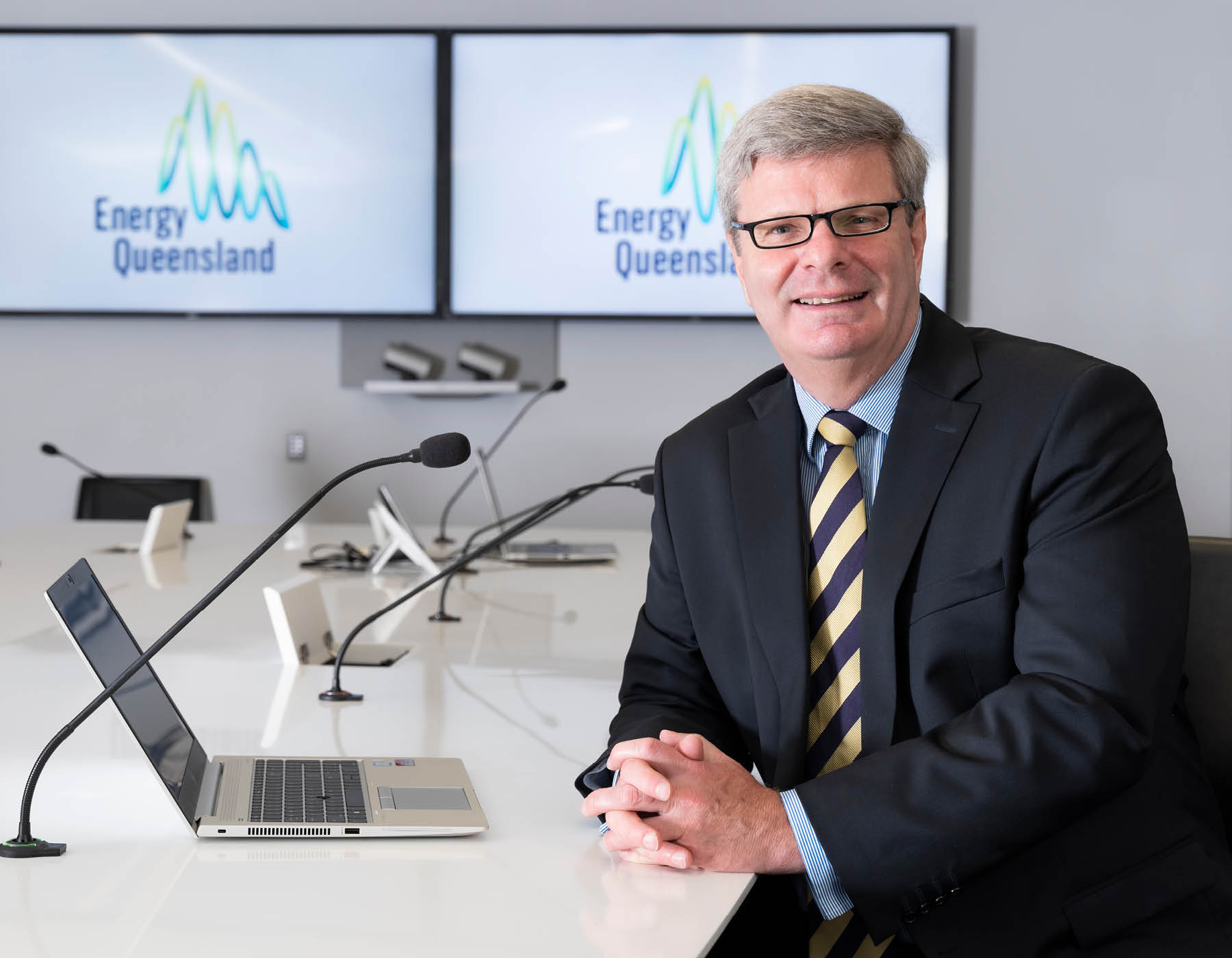
In order to meet the net zero objectives, there needs to be a very significant build-out of the capability of electricity systems.
He explains the challenge confronting the electrical sector over the next three decades in the following terms: electricity comprises only 20-to-25 percent of total primary energy consumption. “But in a net-zero world, somewhere between 75 and 80 percent of primary energy consumption will come from renewables,” he says.
“No matter which way you look at it, that’s a huge amount of electricity that’s going to need to be available.
“The reason it will be electricity is because that’s how the renewables turn up. Wind power, solar power, hydro power, all these forms of renewable generation produce electricity.”
Keeping up with demand
The challenge for utilities like Energy Queensland will be handling and effectively distributing that increase in electricity – used for necessities such as charging EVs– taking it from where it’s produced to where it will be consumed.
“Whether it’s installing batteries or installing charging stations for vehicles, installing solar panels, connecting up wind farms or connecting up large solar farms to the electricity networks – how does our business do all the things we’ve got to do today, in terms of making sure that people’s electricity supply is reliable and safe, but also to change our networks to handle the increased capacity,” Duke says.
Yurika has been a pioneer in the installation of publicly owned EV charging infrastructure, according to Duke. He points to the Queensland Electric Super Highway, which connects communities across the state.
“Within the next year or so we expect to have in the order of 50 different locations served by our Yurika charging stations,’ he says. “We did that because we understood that people who want to buy an EV want to have some confidence that there’s going to be charging infrastructure available in the places that they want to go.”
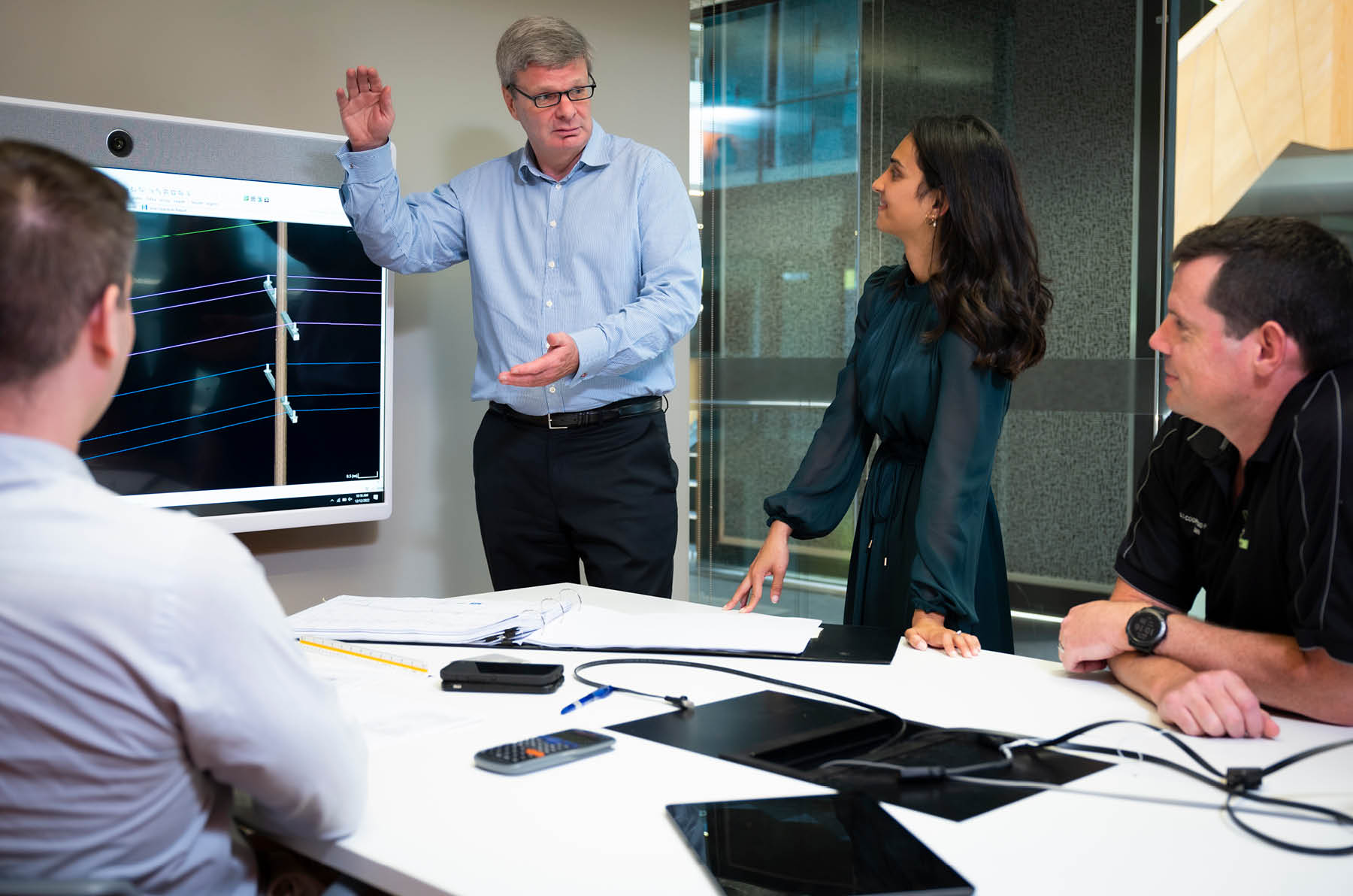
Distribution networks are going to play a huge role sitting as they do, between producers of electricity and consumers of electricity.
Duke says establishing EV charging stations is not as easy as it seems. “There needs to be something that gets the electrons from where they’re made to that charging station. Of course, that means ultimately in most cases through the distribution networks,” he says.
“So distribution networks are going to play a huge role sitting as they do, between producers of electricity and consumers of electricity.”
Storage is another challenge as households tend to use power after work in the evening – not necessarily peak hours for renewables. Duke says meeting the challenge “will require substantial build-out of new equipment, particularly electricity storage equipment like batteries”.
Much of Queensland’s electricity has traditionally come from coal-fired plants. But moves, such as adopting rooftop solar panels for detached dwellings, are being made by the population as support for decarbonization grows.
“Almost 42 percent of Queenslanders have solar panels on the roof,” Duke says. “We lead the world in terms of the penetration of a rooftop solar and have almost five gigawatts of rooftop solar installed in the state. The rate of penetration of rooftop solar continues to march on at a very high pace each year.”
Investing in people
To get to where it needs to go, Energy Queensland will continue rolling out new technologies and promoting innovation.
Delivering and supporting all the work that needs to be done on its networks will also require a commitment to training a workforce not just for now, but for the decades to come. It will therefore continue investing in its almost 7,700 employees, too.
Engineers will play a fundamental role in designing the infrastructure to support the massive growth in the capability and resilience of its networks. “That’s why late last year I announced 100 scholarships of AU$20,000 [US$13,800] per year for undergraduate students studying a Bachelor of Electrical Engineering in their second, third and final years of study,” Duke says.
“Energy Queensland already has a highly skilled electrical engineering workforce of almost 500 engineers, and the annual Future of Energy Engineering Scholarships will help to grow that to ensure Queensland has some of the best trained electrical engineers anywhere in the world.”
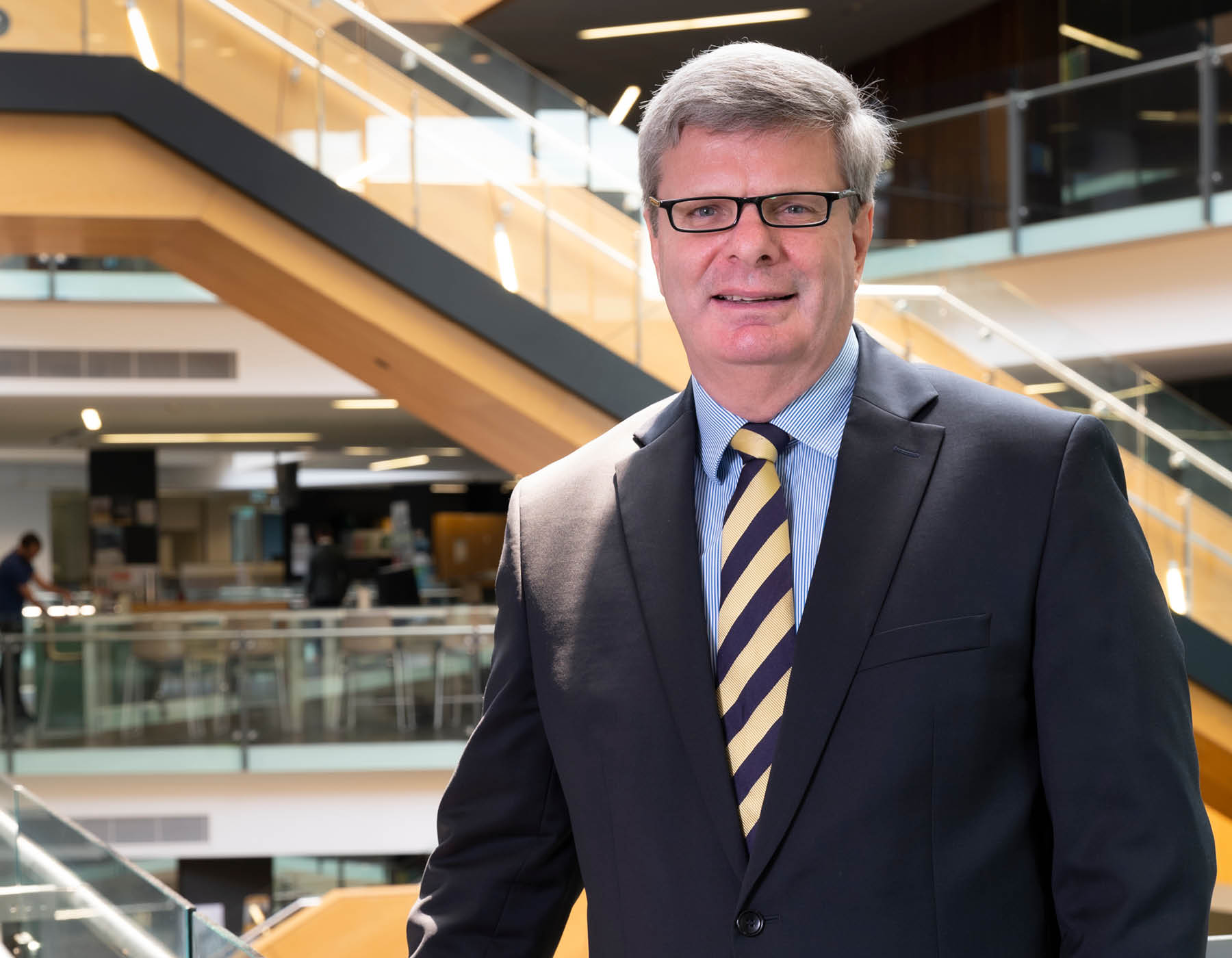
The electrification of society, the electrification of Australia, the electrification of Queensland, has a big journey to go through.
Half the scholarships will be available to students from regional Queensland and the other half to students from south-east Queensland.
Energy Queensland already operates one of Australia’s most successful apprentice programs – with 138 apprentices joining in its last intake – and the company is also hiring a significant number of returned service members from Australia’s armed forces, “bringing them into the workforce and through the apprenticeships, giving them the skills in addition to their existing ones”.
It operates seven training centers throughout Queensland, which he says, “are going to become all the more important because one of the challenges that our industry and our society’s got ahead of it is actually having enough skilled people to do the work that’s going to be required in order to electrify and decarbonize our society”.
The team at Energy Queensland appears ready to take on the task of moving to a net zero world, which is only just getting started.
“The electrification of society, the electrification of Australia, the electrification of Queensland, has a big journey to go through,” Duke says.

